Randall, C., 2021. A sheep’s eye view: Land division, livestock and people in later prehistoric Somerset, UK. In: Arnoldussen, S., Johnston, R. and Lovschal, M., eds. Europe's Early Fieldscapes: Archaeologies of Prehistoric Land Allotment. Springer, 53-70.
Full text available as:
Preview |
PDF (This accepted version may not correspond exactly to the published version.)
Randall formatted.pdf - Accepted Version Available under License Creative Commons Attribution Non-commercial. 540kB |
![fig_1_sa.jpg [thumbnail of fig_1_sa.jpg]](https://eprints.bournemouth.ac.uk/33723/3.hassmallThumbnailVersion/fig_1_sa.jpg) 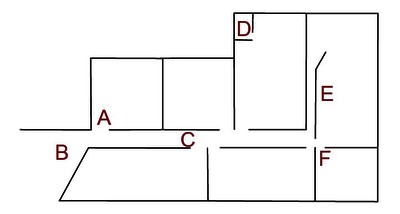 Preview |
Image (JPEG)
fig_1_sa.jpg 20kB |
![fig_2_sa.jpg [thumbnail of fig_2_sa.jpg]](https://eprints.bournemouth.ac.uk/33723/8.hassmallThumbnailVersion/fig_2_sa.jpg) 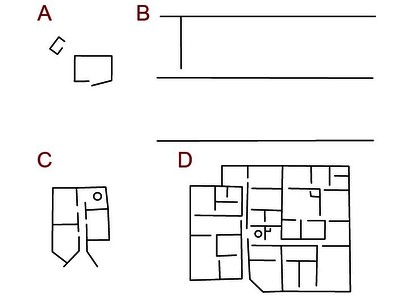 Preview |
Image (JPEG)
fig_2_sa.jpg 30kB |
![fig_3_sa.jpg [thumbnail of fig_3_sa.jpg]](https://eprints.bournemouth.ac.uk/33723/13.hassmallThumbnailVersion/fig_3_sa.jpg) 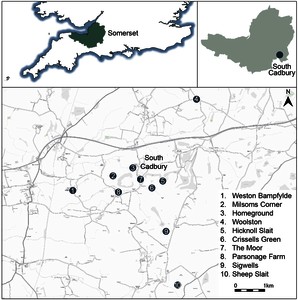 Preview |
Image (JPEG)
fig_3_sa.jpg 362kB |
![fig_4_sa.jpg [thumbnail of fig_4_sa.jpg]](https://eprints.bournemouth.ac.uk/33723/18.hassmallThumbnailVersion/fig_4_sa.jpg) 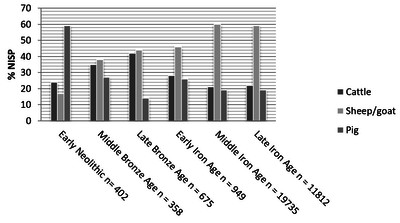 Preview |
Image (JPEG)
fig_4_sa.jpg 104kB |
![fig_5_sa.jpg [thumbnail of fig_5_sa.jpg]](https://eprints.bournemouth.ac.uk/33723/23.hassmallThumbnailVersion/fig_5_sa.jpg) 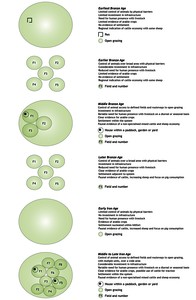 Preview |
Image (JPEG)
fig_5_sa.jpg 674kB |
![fig_6_sa.jpg [thumbnail of fig_6_sa.jpg]](https://eprints.bournemouth.ac.uk/33723/28.hassmallThumbnailVersion/fig_6_sa.jpg) 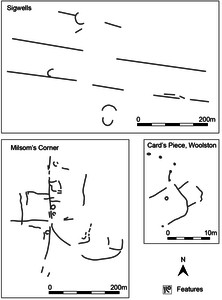 Preview |
Image (JPEG)
fig_6_sa.jpg 143kB |
![fig_7_sa.jpg [thumbnail of fig_7_sa.jpg]](https://eprints.bournemouth.ac.uk/33723/33.hassmallThumbnailVersion/fig_7_sa.jpg) 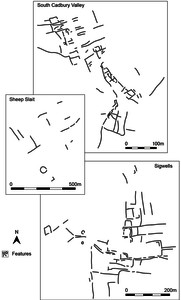 Preview |
Image (JPEG)
fig_7_sa.jpg 215kB |
|
Copyright to original material in this document is with the original owner(s). Access to this content through BURO is granted on condition that you use it only for research, scholarly or other non-commercial purposes. If you wish to use it for any other purposes, you must contact BU via BURO@bournemouth.ac.uk. Any third party copyright material in this document remains the property of its respective owner(s). BU grants no licence for further use of that third party material. |
DOI: 10.1007/978-3-030-71652-3_5
Abstract
Fields and field systems in later prehistoric British archaeology have generally been discussed in relation to territory or land tenure. They are also frequently assumed to relate purely to arable agriculture. Alongside this, we also tend not to situate livestock animals within landscapes. Increasingly, morphological features of fields can be identified as having use in animal handling. Consequently field system morphology, and changes to layouts over time, enable their re-examination in relation to pastoral and arable husbandry (and the interplay between them), and consideration as to why differing approaches may have been adopted within the same landscape at different times. This provides models which, focussing on pastoral husbandry, are potentially applicable to a range of places and periods. The second and first millennium BC bounded landscapes surrounding the hillfort at Cadbury, Castle, Somerset, UK, reveal an intimate relationship between the occupiers of the hillfort, sites in its environs, livestock, and the landscape. A series of different forms of land division and organisation from the earlier Bronze Age onwards can be compared with both faunal and plant macro-fossil data from within that landscape. Different forms of layout appear to reflect different types of strategy and approach in later prehistoric farming. During the second and first millennium BC changes can be observed between different forms of highly extensive pastoral farming and closely integrated and intensive systems. The explanation would seem to be more social than practical in origin, but discerning this is reliant on large scale field survey, and integration of multiple strands of information.
| Item Type: | Book Section |
|---|---|
| ISBN: | 978-3-030-71652-3, 978-3-030-71651-6 |
| Series Name: | Themes in Contemporary Archaeology |
| Number of Pages: | 229 |
| Group: | Faculty of Science & Technology |
| ID Code: | 33723 |
| Deposited By: | Symplectic RT2 |
| Deposited On: | 16 Mar 2020 10:00 |
| Last Modified: | 10 May 2022 10:02 |
Downloads
Downloads per month over past year
| Repository Staff Only - |
 Tools
Tools Tools
Tools